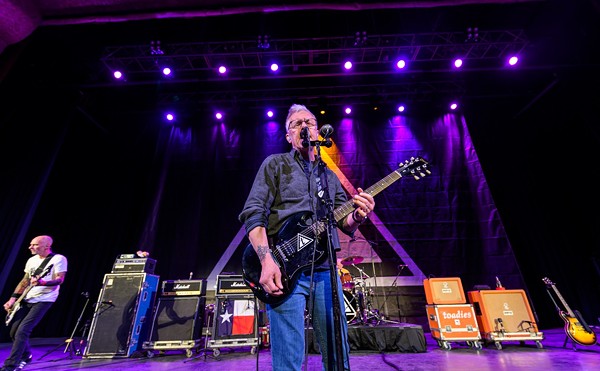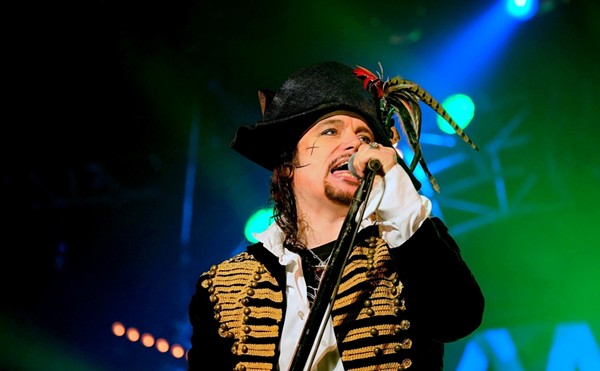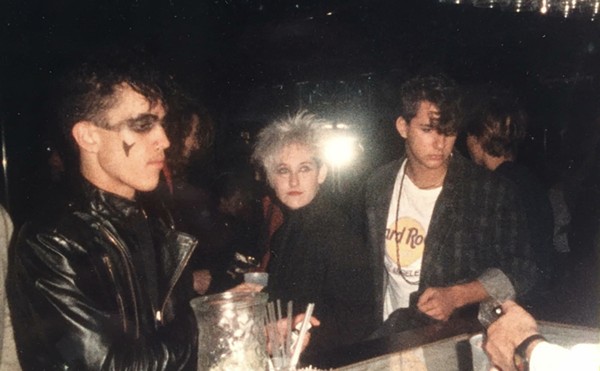Chick Corea’s creative vision keeps returning to forever
Touchstone (noun): an established standard or principle by which something is judged
– Cambridge Advanced Learner’s Dictionary
Chick Corea’s Selected Recordings: Rarum III has been in repeat mode on my CD changer lately. In two tracks from the first incarnation of Return to Forever, Flora Purim’s vocals soar like an ethereal jungle bird over a thrilling fusion of flamenco, samba, and Afro-Cuban rhythms, and Neville Potter’s lyrics of innocence and idealism are a respite from a world riddled with violence. A few tracks later, the musical pendulum swings to an acoustic free improvisation between Corea on piano, Miroslav Vitous on bass, and Roy Haynes on drums: a sonic conversation between three brilliant minds communicating so intently that they almost anticipate what each other will play. The album’s 13 tracks — from just a few of the musical planets the pianist-composer has traversed in his galactic career — are light-years from each other in genre and style, yet they barely begin to span the seemingly infinite universe of his imagination.
| Chick Corea: A key component of Miles Davis’s seminal electric albums. |
There are common threads: astounding facility and technique, with precise and authoritative execution; a limitless supply of musical ideas; harmonies that spiral into the stratosphere, eventually returning to earth with perfect landings; spontaneously flowing solo lines that stand up to analysis as examples of highly sophisticated composition.
The quality of Corea’s music is inarguable, but it’s a popular jazz pastime to complain about him. Traditionalists decry him for musical indecencies involving the f-word (fusion); critics don’t always appreciate the unbridled passion in his playing (“Sometimes lacking ... restraint and taste,” sniffed one London reviewer of the Touchstone tour). Some are uncomfortable with the lack of visible human struggle in his playing; as a friend of mine once said, “I find that level of virtuosity slightly annoying.” Similarly, his willingness to step outside the jazz realm altogether, as when he joined Foo Fighters at the 2004 Grammys, can be unsettling to the faint of heart.
No matter, we still listen. And for almost four decades, Chick Corea has followed his own circuitous path, undaunted by critical voices within and without.
Genetics, geography, generation, and genius conspired to send Armando Anthony Corea on his jazz trajectory. Encouraged by his father, a jazz trumpet player and bandleader in the Boston area, he began playing piano at age 4 just as the big-band swing era gave way to be-bop. By the age of 6, he was honing in on the piano solos of Bud Powell, and two years later he took up drums, laying a foundation for the unerring sense of rhythm that permeates his work.
After high school, the jazz capital of the world was only a short train ride away, and although brief stints studying music at Columbia and Juilliard failed to hold his attention, Peter Schickele (P.D.Q. Bach) found him “the most awake student” he ever taught. While Corea was still a teenager, a gig with Mongo Santamaria fed his fascination for Latin rhythms, followed by work with Blue Mitchell, Stan Getz, Sarah Vaughn, and others.
| Chick Corea & Touchstone: A Carver/Trinity Jazz Collaborative event with KRTU 91.7 8pm Sat, Mar 18, $20, $30, $40 Laurie Auditorium (Trinity University) One Trinity Place 224-9600 (Ticketmaster) |
He was in his twenties when Miles Davis called. Assigned to electric piano, Corea played on seminal fusion albums like Bitches Brew and In a Silent Way. He followed that monumental period with the avant-garde acoustic group Circle, then Return to Forever, with its constant shifts in personnel and its excursions deeper and deeper into electronica. Several Return to Forever albums spent months on the pop charts.
That popular success was followed by duets with vibraphonist Gary Burton and others, solo piano projects, electric and acoustic bands, and forays into classical music. Fourteen Grammys later, with scores of albums and awards and dozens of his compositions firmly established as jazz standards, Corea continues his explorations.
The Touchstone project, with its album Rhumba Flamenco: Live (available exclusively online), is a familiar concept revisited with fresh ears. In a 2003 concert in Madrid, Corea invited Paco de Lucia and his band to sit in, rekindling the chemistry that first surfaced with a 1982 Touchstone album. Joining him on tour is Barcelona-born Carles Benavent; whose innovative techniques on electric bass suggest a European Jaco Pastorius; percussionist Rubem Dantas, who infused new flamenco with the rhythms of his Brazilian upbringing saxophonist-flutist Jorge Pardo, one of the most visible innovators of flamenco fusion; and Tom Brechtlein, a rock-rooted drummer who has played with Wayne Shorter and Al Di Meola.
These are the international rock stars of jazz and flamenco fusion, celebrities born of substance rather than spandex. And San Antonio will turn out to celebrate: young musicians struggling to get Corea standards like “Armando’s Rhumba” and “Got a Match” under their fingers, veteran players still treasuring their Light as a Feather and Madhatter LPs, scratched and worn flat from constant repetition, the cream of the flamenco community, delighted at their chance to see legendary pioneers of gypsy fusion, and everyone else who enjoys hearing exciting music played very, very well. •
By Bett Butler

















